Season's Greetings from Rare Bird Alert
A Christmas message from Dick Filby and the RBA team
Plus 'a personal look back at some of the best of 2024'
And 'looking forward to 2025'
Read on..

Greetings from Norwich
As 2024 draws to a close, we would like to send a warm, heartfelt thank-you to all our subscribers and followers. Your support is very much appreciated and never taken for granted. We seek out every last bit of news for you in the hope and belief that we are enabling you to see more great birds throughout the year. Many of you will have noted that we upgraded our servers a few weeks ago in order to ensure that our service is as resilient and reliable as possible for all our customers as we head into the New Year. More on that below.
Thanks are also due to everyone that has contributed their sightings, both directly and indirectly, and to all those who have generously shared photos. You helped ensure that 2024 was far more enjoyable, not only for birders that you know, but also for many more that you don't. Personally, I firmly believe "Half the fun of birding is sharing" we invite everyone to join us in thanking those that improved your year.
Picks of the year
With over 70 Mega Alerts in 2024, and the majority of them on the UK Mainland, and several of them inland, '24 was a year that had some great birds available for everyone. By Christmas Eve, our unofficial count is that 439 species have been reported in the UK and Ireland so far this year, with five potential new species, including a new species group. Here's my personal recap, illustrated with photos shared on the RBA website, again, many thanks to those that contributed through the year. So the year had scarcely begun and starting straight out of the stalls in early January was an extraordinary Northern Waterthrush in Essex that naturally proved very popular and was rather showy too, so long as you were patient, or lucky! It was soon to be followed by a Sociable Lapwing in Cornwall, and an absolutely gorgeous, much admired Myrtle Warbler in Ayrshire.
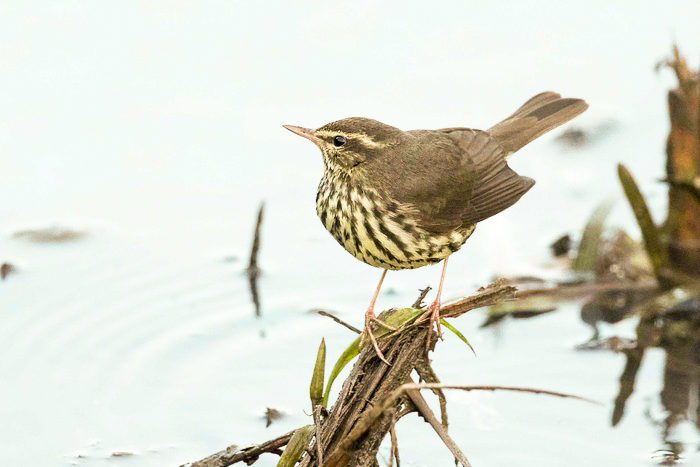

The mainland theme of great birds continued into the Spring with a Little Crake in Surrey, a crisp male Collared Flycatcher in Yorkshire, a showy Alpine Accentor in Buckinghamshire, a splendid Indigo Bunting in County Durham, and a Booted Eagle in Cornwall, a potential first for Britain and Ireland, whilst an Elegant Tern was doing the rounds in County Mayo. An Indian Golden Oriole was an extraordinary find on Holy Island, Northumberland, but it didn't linger. It was the 2nd 'potential new species for Britain and Ireland' this year. It wasn't until late May before Shetland got into the action proper with a Green Warbler on Unst, whilst at the other end of the country there was a brief Crag Martin in Cornwall, swiftly followed by another Green Warbler in Northumberland.
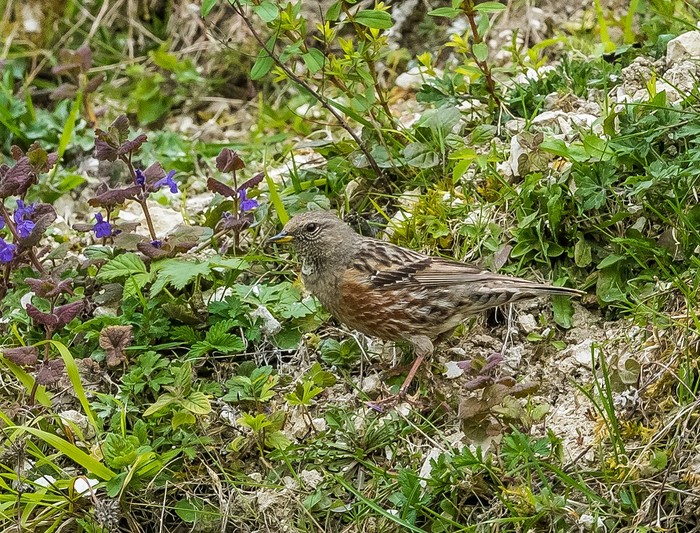

One of the most popular birds of the year for those prepared to travel was the gorgeous Yellow-crowned Night Heron in County Mayo, present from late May into the middle of July at least, and Richard Tyler's photo below was my pick of the bunch. No shortage of documentation of this, the third of the five potential new species for Britain and Ireland if accepted. A Marmora's Warbler arrived on Shetland at the end of May, but it was yet another 'mainland' rarity that welcomed in the month of June - a Bridled Tern in Northumberland at Coquet Island. OK, whilst it was visible from the mainland, the best-views-by-far were undoubtedly from the tourist boats, as Frank's photographs demonstrate. The most notable birds during the remainder of June included a Solitary Sandpiper on Scilly, a very brief Zitting Cisticola in Kent that would have proved very popular had it lingered, a Brunnich's Guillemot in Highland, and a flyby Brown Booby past Cornwall.
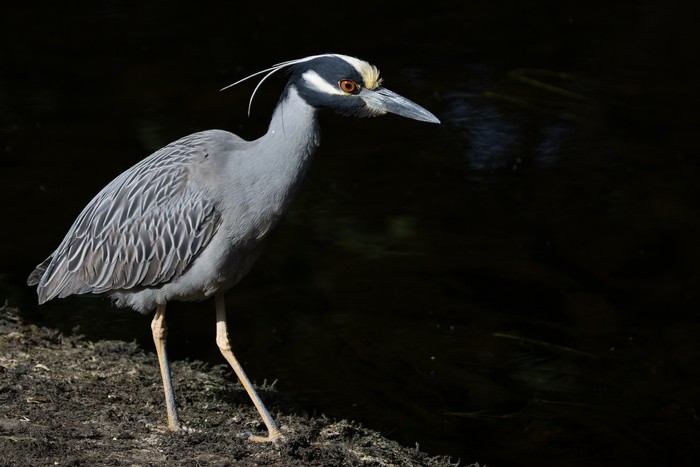
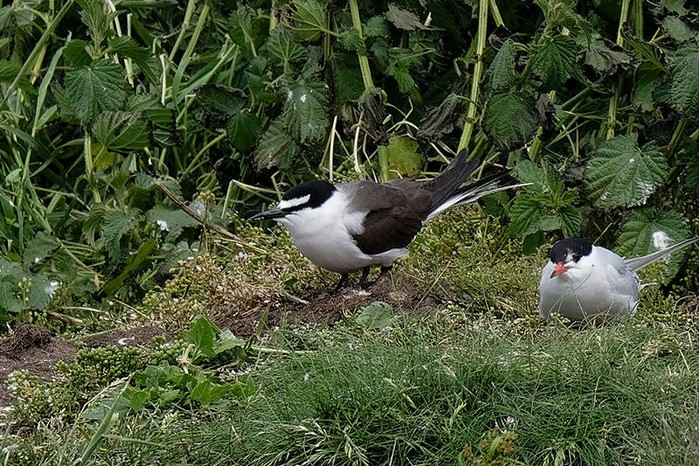
The second half of the year kicked off with the splendid male Stejneger's Scoter in Lothian in early July, lingering into September with presumably the same bird being relocated along the coast even later in the year. Attention to the sea was the theme, with an immature Red-footed Booby off Devon/Dorset, and the first of several more South Polar Skuas from the Scilly Pelagics, whilst a Pacific Swift was on Shetland and a Greater Sand Plover was much enjoyed and well photographed in Northumberland, albeit disappointing for those who would have preferred it to have been as initially reported, a Tibetan Sand Plover.
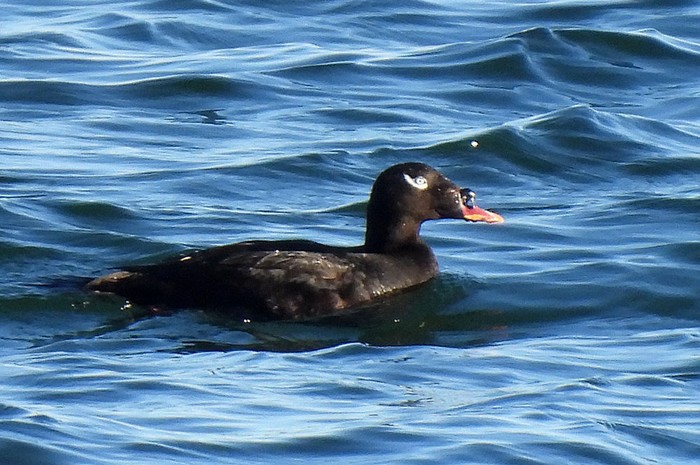
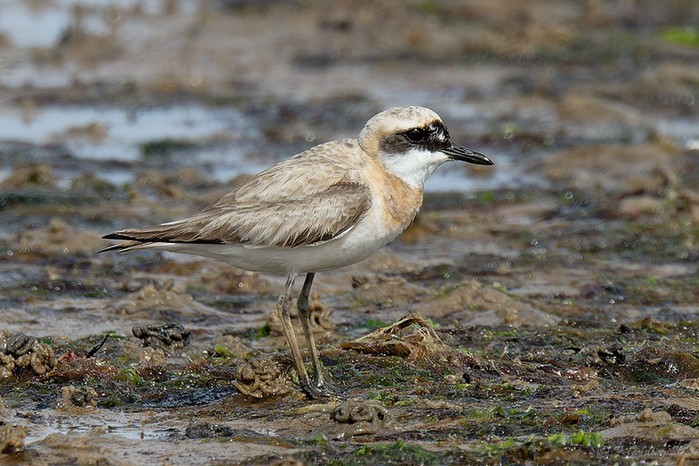
Next up was a Red-necked Stint in County Wexford, whilst a Brown Booby was briefly on the sea off Kent, the first of several reported but none were twitchable and at least one report was subsequently re-identified from photos as a Gannet. In Cambridgeshire the Cape Gull first seen in '22, and now an adult, made an all too brief re-appearance - will it return in '25? An early Cliff Swallow was on Scilly, a Swainson's Thrush on the Western Isles, and a Tennessee Warbler on Shetland, but alas they did not portend an autumn filled with Nearctic vagrants - quite the opposite in fact. However a Hudsonian Godwit in Cheshire and Flintshire was welcomed by many and lingered several days. A Little Crake in Wiltshire was seemingly a one-day wonder, but later one showed for several days in Pembrokeshire, whilst Scilly led the field with several South Polar Skuas and Scopoli's Shearwaters photographed from the MV Sapphire. Full credit to Joe Pender and Bob Flood for their innovative and very successful pelagics, and who would bet against them being in on the next first for Britain? A Wandering Albatross species was seen off County Cork: the fourth potential 'first for Britain and Ireland' with this group having no previous accepted records. Meanwhile, an innovative pelagic to the edge of British waters in the Western Approaches to the WSW of Scilly in September was rewarded with a Band-rumped petrel species and no less than four <Barolo Shearwaters.
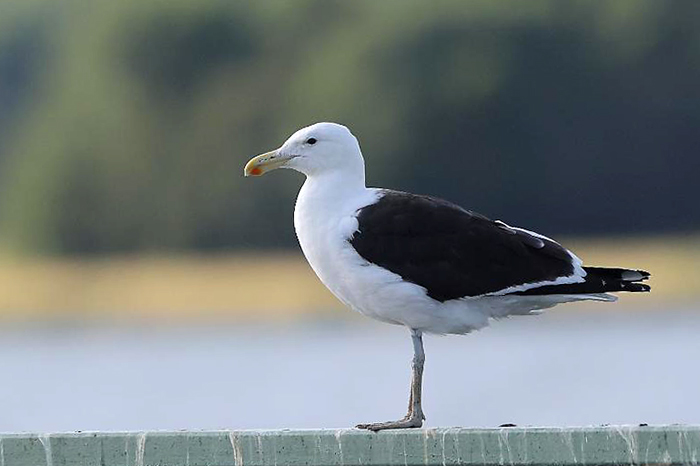
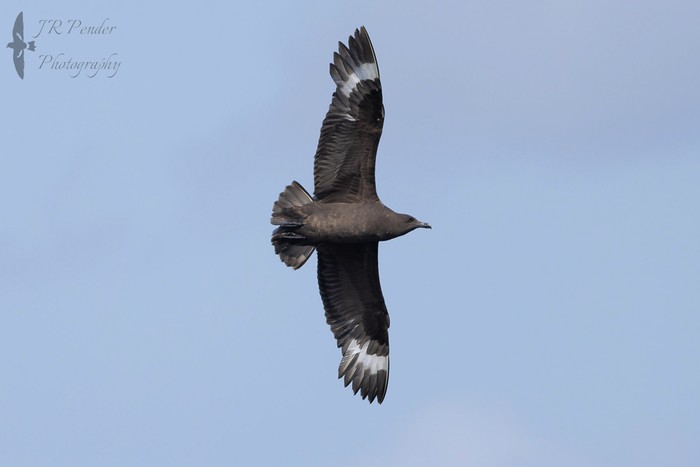
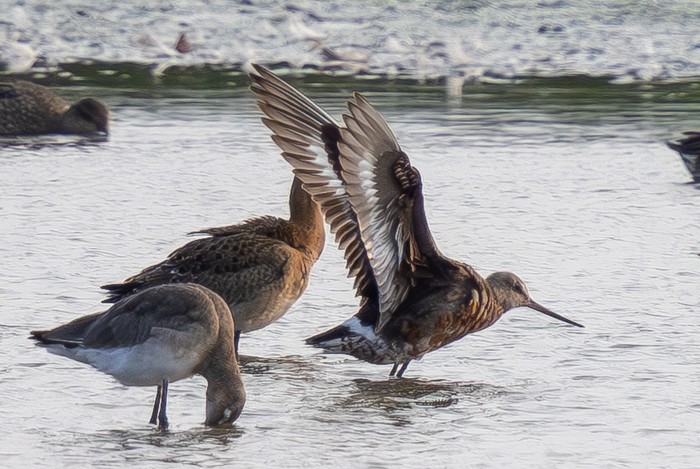
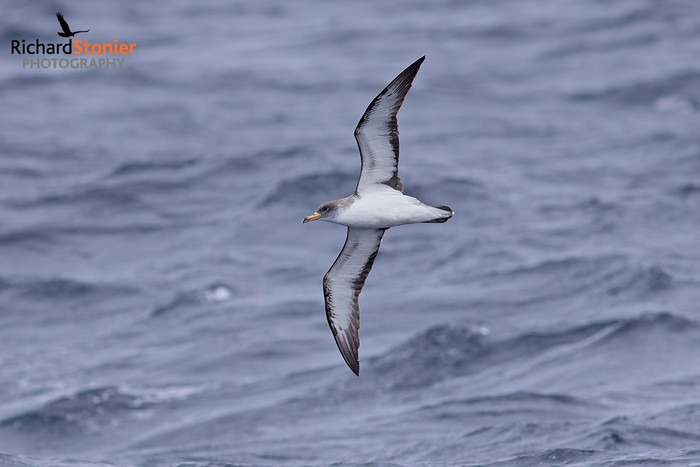
Autumn continued with the northeast coast of England offering some of the best birds, an Eastern Olivaceous Warbler in Yorkshire and a Pallas's Grasshopper Warbler in Northumberland both very noteworthy but totally eclipsed by Britain's first twitchable Pale-legged Leaf Warbler at Bempton RSPB, that fortunately stayed several days, and although rarely easy to see, was enjoyed by many. Birders on Shetland, some would say, had a mediocre Autumn by modern standards, but with an Eastern Crowned Warbler amongst the top drawer birds, as well as Lanceolated and Pallas's Grasshopper Warblers, and a terrific shot of a Pechora Pipit at Quendale, Shetland by Gareth Rees one of my favourite photos of the whole year, it was far from dull.
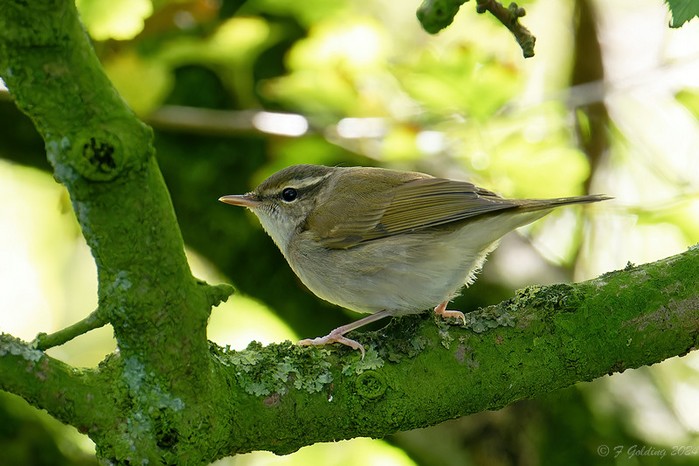
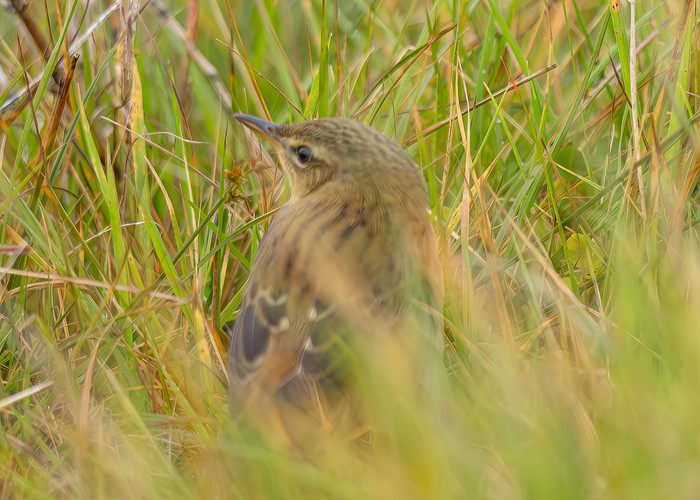
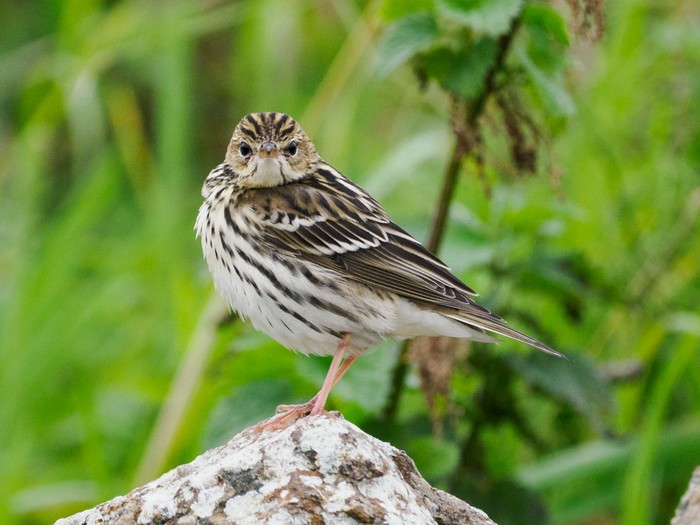
The autumn on Scilly was decidedly quiet, and whilst there were many good birds there, including Blyth's Pipit and a Common Nighthawk were no blow-away megas this year. Ironically the highlight for some was an amazing show of the aurora borealis. 2024 was my 50th consecutive autumn on Scilly, and in addition to very many happy memories of great times and comraderie, I count myself fortunate to have chanced upon a few good birds over the years there. This autumn, it was mainland birding that soon came up trumps in October with the gorgeous and very obliging Asian Desert Warbler in Norfolk, whilst in Cornwall a pale morph Booted Eagle was a superb reward for the hard-working finders. Further afield, an American Robin, and a Black-faced Bunting, both on North Ronaldsay, gave Orkney mid-October headlines, that were swiftly transferred south by two more Black-faced Buntings: one in Lincolnshire and another in Glamorgan, and a Booted Eagle on the Oxfordshire/Berkshire border, but North Ronaldsay was not done yet with an Eyebrowed Thrush at the beginning of November. However a Scarlet Tanager inland on a Yorkshire housing estate generated much interest and discussion, but it was never easy to see unfortunately. As the year draws to a close, final highlights include an American Coot on Shetland, the surprise reappearance of the Grey-headed Lapwing, in Northumberland, and an apparent Cape Verde Shearwater past Pendeen, Cornwall, a fifth potential new species for Britain and Ireland. Then, on Christmas Eve, another mainland corker, a Yellow Warbler, inland, in Kent. Crikey! Who would have predicted that this year would turn full circle, bookended with two quality american passerine species within a few miles of London.
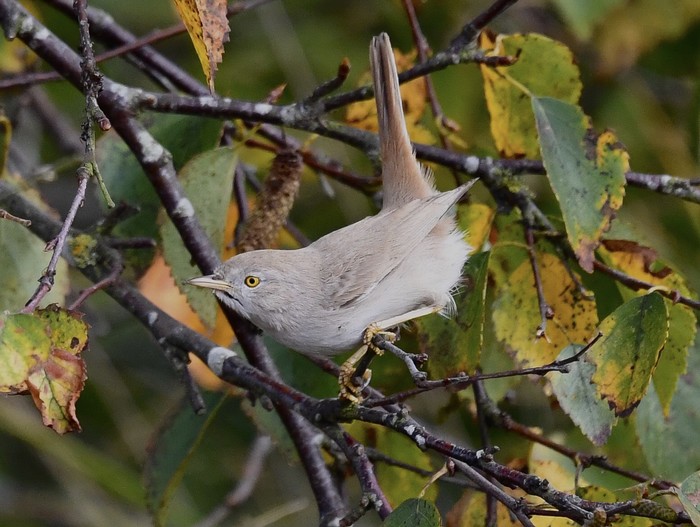
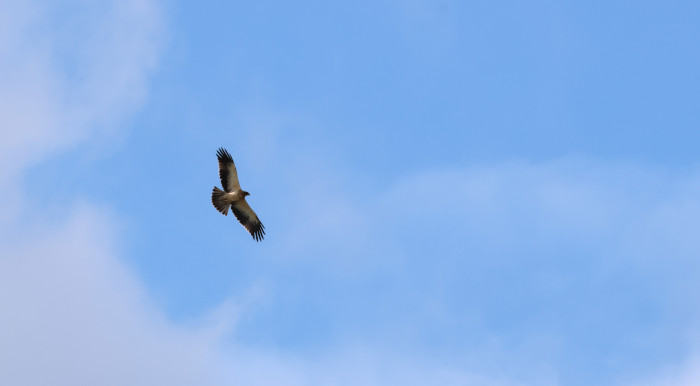
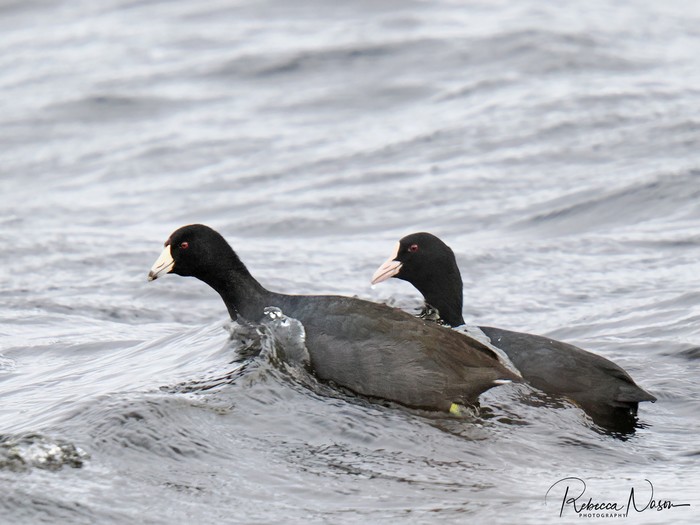
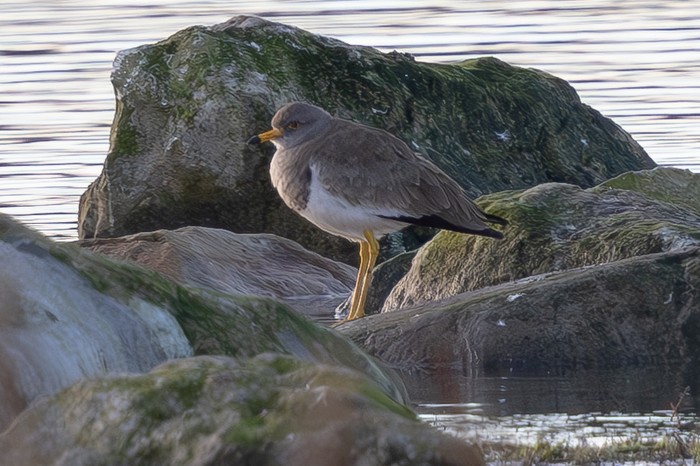
What's next? and when? who knows! That's what makes birding so interesting and year-round absorbing. Now, time to get off this screen and get out, go birding, and maybe you'll be lucky enough to find something amazingly rare, wherever you go. 2025 is waiting. Enjoy it!
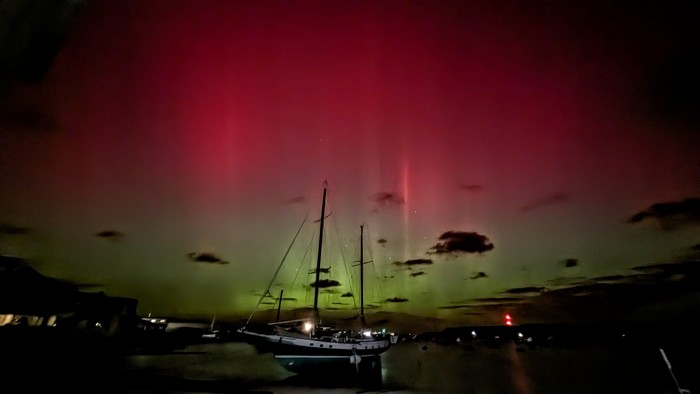
The year ahead
We are very much looking forward to 2025: Firstly, we are very pleased with our new servers that came online in December, provided by one of the UK's most respected companies, trusted to host many household names in the retail and commercial sectors. These new servers will pave the way for a reliable and secure RBA service as we head into 2025.With that in mind, in the New Year you will be required to change your password as we upgrade the software that runs your service.
We are further delighted to be able to announce that our app users can expect to see an improved service in 2025 too, with improved functionality in time for Spring. Watch this space.
Our Pager users will benefit from PageOne's ongoing upgrades to introduce more resilience. Additionally, pagers will continue to enjoy the benefit of combining delivery of news via not only the paging system, but also via the mobile network and via wi-fi using the Swissphone app, to ensure unparalled, guaranteed "first with the news" functionalility into one device. Whoever said paging was dead!
Christmas and New Year hours
Birdnews:the news-team will, as always, continue to work uninterrupted throughout the entire holiday period to ensure that you have all the up-to-date news.
Urgent support:
If you need urgent help over the holiday e.g. if you are unable to access the news, please email us and the birdnews team will do their utmost to help. If for any reason you cannot email about an urgent issue, please leave a message on the birdnews hotline, ensuring that you leave your contact phone number as clearly as possible.
General support and admin queries:
Limited hours over the holiday period as below
normal Mon-Fri business hours resume on Thursday 2nd Jan.
Tue 24 Dec: 9-4pm
Christmas Day: closed
Boxing Day: closed
Fri 27: limited service
Sat 28: closed
Sun 29: closed
Mon 30: limited service
Tue 31: limited service
New Year's Day: closed
Very best wishes from us all
Dick Filby
and all the RBA Team: Ben, Brian, Chris, Jon, Pete and Will
Special thanks again to all photographers who contributed to the RBA gallery through the year, with special commendation and thanks to James Lowen for his Asian Desert Warbler that heads this piece, and to Tony Davison for his excellent Waxwing photo on the RBA 'Christmas card'.
Share this story




